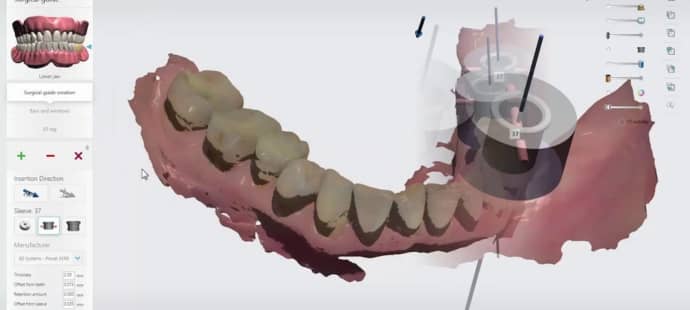While most people know that you can replace a missing tooth with a single dental implant, did you know that an individual implant can also be used to replace up to three missing teeth?
Otherwise known as a multiple-tooth implant it provides a cost-effective way to enjoy the bone-preserving properties of dental implants and represents a step-up from conventional bridges or partials.
Want to know more about dental implants for multiple missing teeth? Read on for a clearer explanation.
Replacing missing teeth should always be a priority as there are many adverse effects of not doing so. They include:
Replacing missing tooth gaps with implant-based restorations stops all of these problems while creating a fully restored smile that allows you to eat, smile and speak without issue.

Similarly to a conventional bridge, a multi-tooth implant relies on a pontic ‘bridging’ restoration to span the gap. However, unlike a traditional bridge where the pontic tooth is anchored by a metal framework and supporting crowns that sit over adjacent natural teeth, the bridging tooth of an implant-supported version is attached to a single dental implant. The implant creates a fully stable, standalone structure as support for the bridging restoration that doesn’t rely on adjacent teeth.
Here are some examples of how we may use a multiple-tooth dental implant…
As you can see, dental implants for multiple missing teeth, are an adaptable and cost-effective solution that fits most eventualities.

Here are 4 solid reasons why you might want to choose multi-tooth implants over other tooth replacement options:
You don’t and shouldn’t have to put up with a flawed smile and all the problems that come with it. Instead, talk to our experienced team here at Predent about dental implants for multiple missing teeth. Our team will walk you through the process so you’re fully informed, allowing you to make a knowledgeable decision.

